Long before tea ever touched Indian soil, the subcontinent was already a vast garden of drinks—seasonal, medicinal, and celebratory. India drank with the rhythm of its six seasons, each beverage born of necessity, climate, and ancient knowledge. To sip them was to partake not only of refreshment but of cosmology, for every recipe was tied to the humours of the body, the fertility of the land, and the wisdom of the ancients.
Ayurveda’s Garden of Drinks
The earliest records lie in the Ayurvedic canons. The Charaka Saṃhitā and Suśruta Saṃhitā describe an astonishing array of pānas—cooling in summer, warming in winter, balancing in the monsoon. Pānakaṃ, a sweet-sour mixture of jaggery, lemon, ginger, and cardamom, was a summer elixir offered alike to gods and guests. Buttermilk, whisked light and salted, became chaas in Gujarat, majjige in Karnataka, mor in Tamil Nadu—everywhere a gentle companion to digestion and heat. Fermented rice water, known as pakhala in Odisha or kanji in the North, nourished farmers through harsh summers, its probiotics strengthening both body and soil’s bond.
Takra (buttermilk), Ayurveda proclaims, is sarva-roga-nāśaka—“destroyer of all diseases.” Perhaps no other drink was so deeply Indian, for it appears in texts, poetry, ritual, and practice across millennia. A 16th-century Ayurvedic lexicon, the Bhāvaprakāśa Nighaṇṭu, extols its virtues in a couplet still remembered:
“यत् तक्रं पिबति नरः, तस्य नास्ति व्याधिभयम्।”
“He who drinks buttermilk need not fear disease.”
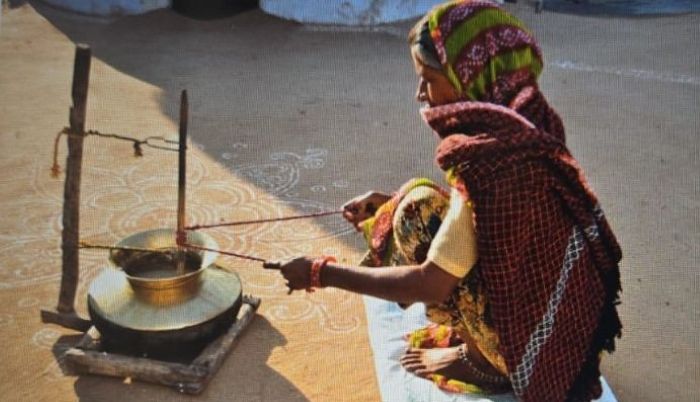
“Takra, the buttermilk praised in Ayurveda as sarva-roga-nāśaka—cure for all diseases—was India’s timeless elixir of health and heat.”
Medicine in a Cup
Herbal tonics and decoctions were an everyday pharmacy. Kāḍhās brewed with tulsi, black pepper, and cinnamon soothed coughs and fevers. Ariṣṭas, fermented with roots and barks, fortified vitality. Sharbats of sandalwood, vetiver (khus), or rose petals cooled the body’s inner fire. These were not luxuries but rituals woven into life, tied to Ayurveda’s triad of vāta, pitta, and kapha, meant to restore equilibrium. An old maxim of the tradition reminds us:
“यत् भुक्तं यत् पीतं, तत् सर्वम् औषधम्।”
“What we eat and what we drink—everything is medicine.”
Sacred and Intoxicating Brews
India was not without its intoxicating cups. From the soma of Vedic hymns—half myth, half memory—to sura (grain liquor) and madhu (honey mead), alcohol had ritual as well as social place. The Ṛgveda sings of Soma, the divine draught:
“अपीव सोमं अमृतासो अस्ता-गवा-भि: प्रजाः।
अस्माकं ब्रह्मक्र्ताः, देवा अयज्यन्।”
(RV 8.48.3, paraphrased)
“We have drunk Soma and become immortal;
we have attained the light, the gods’ own secret wisdom.”
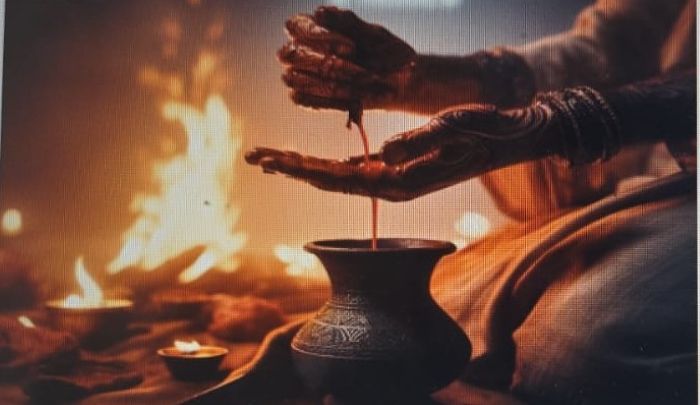
“From the hymns of the Ṛgveda, Soma shimmered between myth and memory—half plant, half divinity, the drink of gods and immortality.”
Over centuries, palm toddy, mahua liquor, and rice beers such as handia in Odisha, apong in Assam, or zutho in Nagaland thrived in village economies and tribal ceremonies. Often, the first libation was poured to the earth before lips touched the cup—a gesture to ancestors, fields, and unseen guardians.
The Regional Imagination
Equally striking was the diversity of local imagination. The mango yielded aam panna against the sun; the bael fruit gave cooling sherbets; jaggery, tamarind, and spices enlivened countless village concoctions. Coconut water refreshed coastal dwellers; Himalayan communities drank chhang (barley beer) by the hearth; desert households relied on bel-pānaka and khus to soothe parched throats. Each ecology had its own answer, its own grammar of taste.
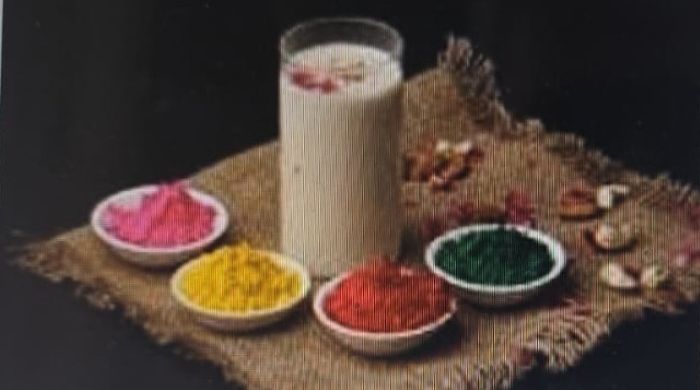
“Seasonal drinks like thandai at Holi tied festival to flavour, ritual to refreshment—linking India’s celebrations to its cycles of climate.”
Festivals and Rituals of Drink
Festivals gave these drinks their stage. At Holi, exuberant colours were matched by thandai, a cooling blend of almonds, fennel, saffron, and sometimes bhang—a ritual indulgence that blurred play and transcendence. During Ramzan, rose sharbat and the ruby glow of rooh-afza broke the fast, offering sweetness after long hours of abstinence. In Odisha’s Raja Parba or Assam’s Bihu, rice beer enlivened song and dance, tying harvest to community. Even weddings bore their signature drinks: cool pānaka in clay pots in summer, spiced kahwa poured from brass kettles in Kashmir’s winters.
The vessels themselves carried meaning. Clay kulhads, porous and earthy, cooled buttermilk and kanji; brass lotas gleamed with water and pānaka at shrines; stitched leaf cups (dona) served sherbets at fairs. To drink was not merely to quench—it was to connect, to honour guest and god, to embody the season.
Poetry of the Cup
Classical poetry preserves this liquid world. In Ṛtusaṃhāra, Kālidāsa evokes the blaze of summer:
“पानं पानं मधुपानं पिबन्ति
सर्वे प्राणी ज्वलनातुराः।”
“Each creature turns to its cooling draught,
for in the furnace of summer, drink is life itself.”
Bhavabhūti, in Mālatī Mādhava, writes of bustling taverns where the laughter of youth mingled with the clink of cups of sura. Centuries later, the Sufi poets transfigured sharbat into metaphor—a draught of divine sweetness to cool the fire of longing. Amir Khusrau, in his riddles, called sharbat “liquid jewels in glass,” hinting at its sparkle and refinement.
A Lost Ecology
What tied these varied traditions together was not a single leaf but a principle: that the drink must answer to season, soil, and body. The ecology of beverages was as diverse as India’s climates, yet unified in its intimacy with nature’s rhythm. To sip a cup was to acknowledge the land, the hour, the body’s needs—and to join, however briefly, in the cycles of creation.
In this rich ecology, tea found no natural place. It would arrive later, by imperial design, not local evolution. And when it came, it would slowly displace much of this repertoire—not violently, but by stealth of convenience, habit, and prestige.
To grasp the scale of that loss, we must ask: what vanished when tea became India’s daily cup? What cultural memory, what ecological rhythm, what intimate science of body and climate slipped into shadow?
That question will guide us into the next part of this reflection: a meditation on what was forgotten, and how the world—and India—might have evolved differently had tea not conquered the cup.
(Uday Kumar Varma is an IAS officer. Retired as Secretary, Ministry of Information & Broadcasting)
.jpg)
 Uday Kumar Varma
Uday Kumar Varma 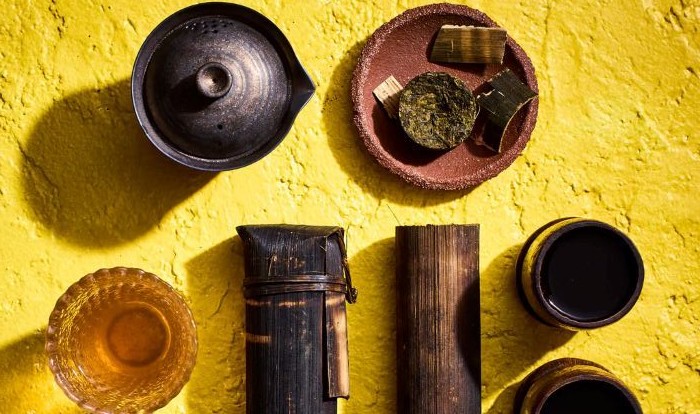

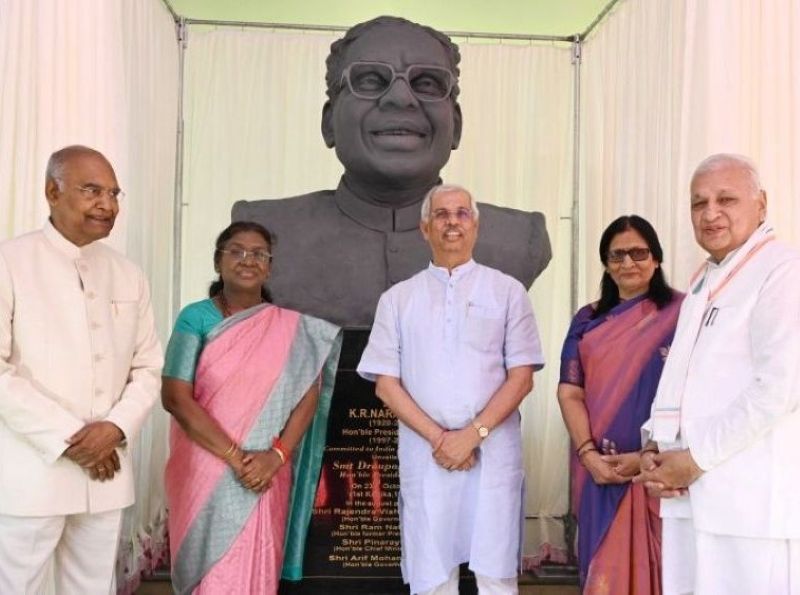


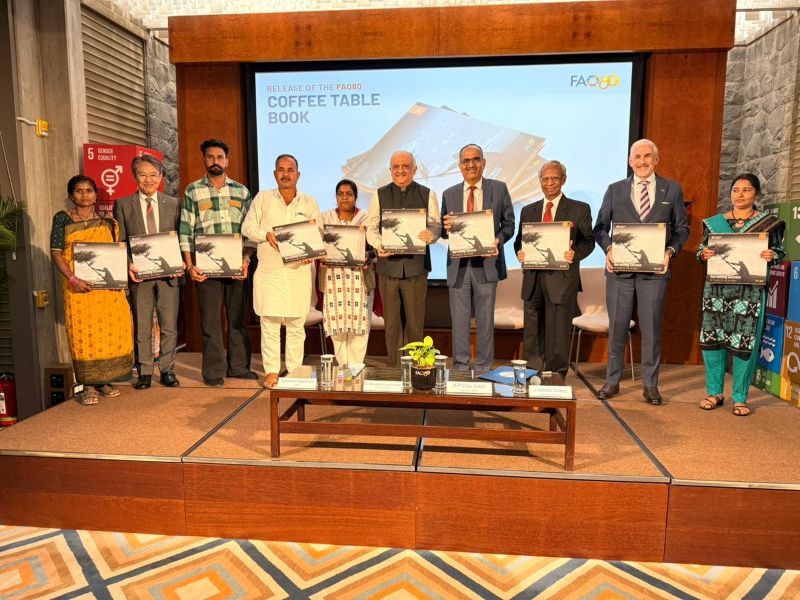

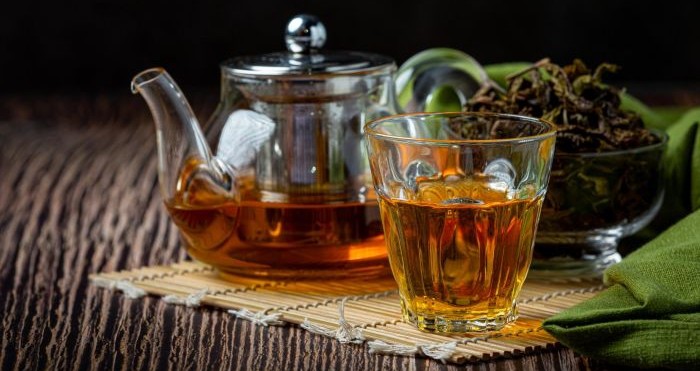




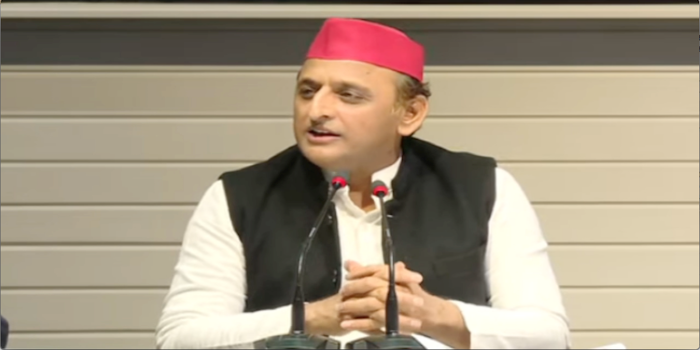


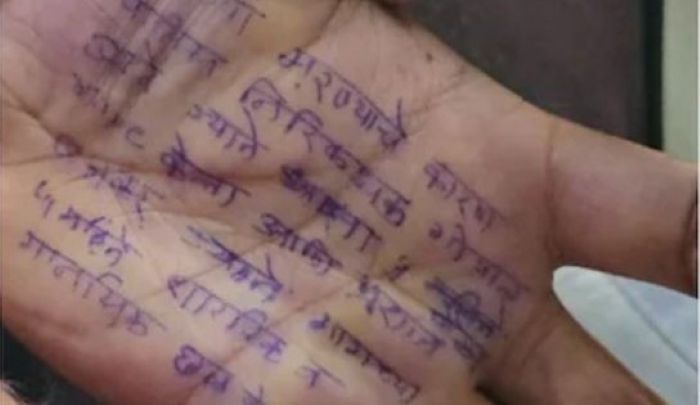

Related Items
India's forex reserves rise by $4.5 billion to hit $702 billion
Asian Youth Games:India win 4 medals in athletics, hold on to fifth spot
India won't sign any trade deal in haste, says Piyush Goyal